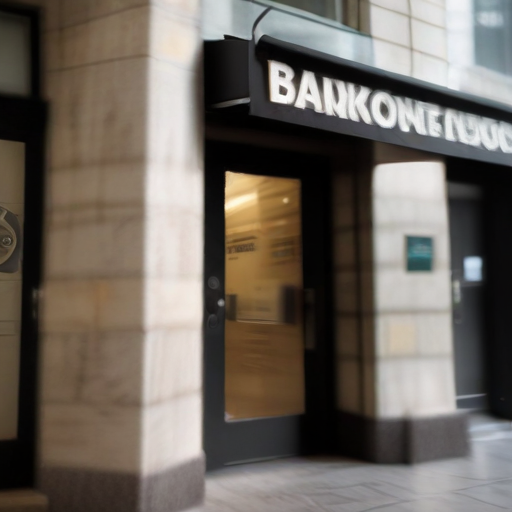As interest rates remain at their highest level in over twenty years and inflation continues to pressure consumers, major banks are bracing for increased risks associated with their lending practices.
In the second quarter of this year, major financial institutions—including JPMorgan Chase, Bank of America, Citigroup, and Wells Fargo—have significantly increased their provisions for credit losses compared to the previous quarter. Provisions are reserves set aside by banks to deal with potential losses stemming from credit risk, which can include delinquent loans or bad debts.
JPMorgan reported provisions amounting to $3.05 billion in the second quarter, while Bank of America set aside $1.5 billion. Citigroup notably tripled its allowance for credit losses to $21.8 billion by the end of the quarter, and Wells Fargo reported provisions of $1.24 billion.
This uptick in provisions indicates that banks are preparing for a more challenging environment, where both secured and unsecured lending could lead to larger losses. Recent data from the Federal Reserve shows that U.S. consumers hold a staggering $17.7 trillion in debt from various sources including consumer loans, student loans, and mortgages.
Moreover, credit card usage and delinquency rates have surged as many individuals deplete their pandemic-era savings and increasingly depend on credit. As of the first quarter of 2023, credit card balances reached an alarming $1.02 trillion, marking the second consecutive quarter of totals exceeding the trillion-dollar threshold, according to TransUnion. The situation for commercial real estate (CRE) loans also remains uncertain.
Brian Mulberry, a client portfolio manager at Zacks Investment Management, noted that the U.S. economy is still navigating the aftermath of the COVID-19 pandemic, with past consumer stimulus playing a significant role in current financial health.
Mark Narron, a senior director at Fitch Ratings, explained that the provisions reflected by banks during any given quarter are predictive, based on expectations rather than retrospective performance, signaling potential challenges ahead. He outlined projections of slowing economic growth and rising unemployment which may lead to higher delinquency and default rates.
Citi’s chief financial officer, Mark Mason, highlighted that the challenges are particularly pronounced among lower-income consumers, who have been significantly affected by high inflation and rising interest rates. While the overall U.S. consumer remains resilient, disparities in savings and spending behaviors are evident across different income levels. Notably, only the highest income groups have seen an increase in savings since 2019.
Despite the anticipated challenges, current default rates have not escalated to the point of suggesting a full-blown consumer crisis. Mulberry pointed out that homeowners, who secured low fixed mortgage rates during the pandemic, are generally not feeling as much financial strain as renters, who face skyrocketing rental prices amid stagnant wage growth.
Encouragingly, the latest earnings reports from banks show no signs of deterioration in asset quality, with strong revenues and net interest income reflecting a still-robust banking sector. Narron expressed that while the financial system remains solid, ongoing monitoring is crucial as persistent high interest rates could lead to increasing stress in the coming months.
In summary, while the banking sector is bracing for potential risks due to rising defaults and inflationary pressures, signs of resilience and strength in financial health suggest that there may still be a foundation for stability in these challenging economic times. As consumers adapt to the financial landscape, there’s hope that the banking system can effectively manage these upcoming challenges.
